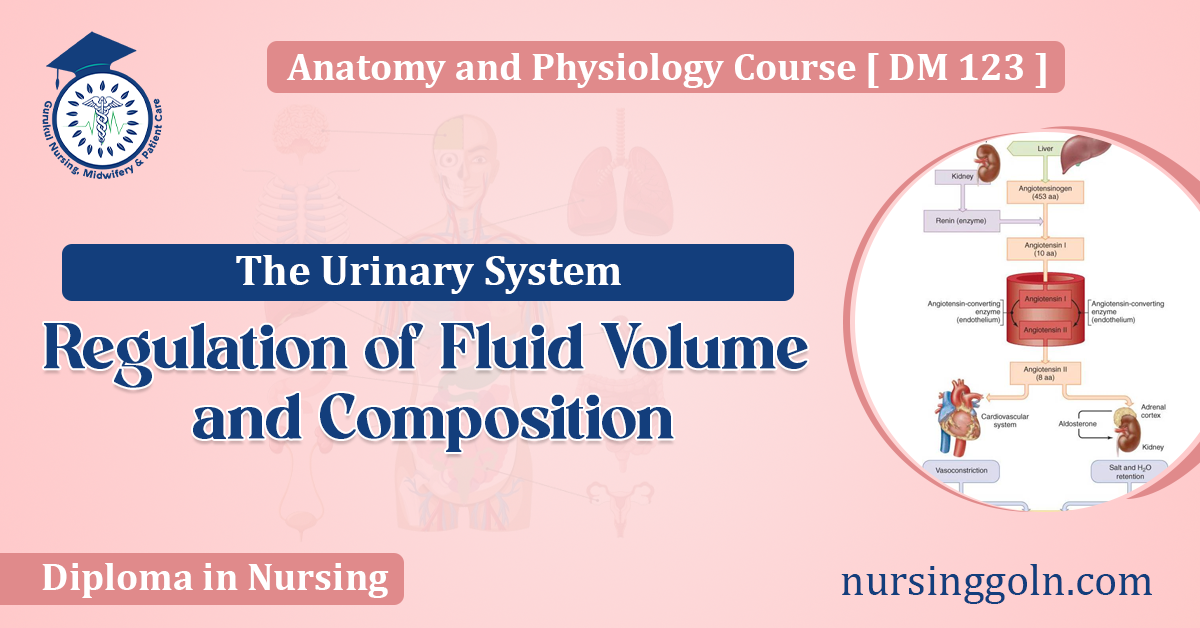Today our topic of discussion is ” Regulation of Fluid Volume and Composition “. The urinary system, also known as the renal system, is a sophisticated network of organs that plays a crucial role in maintaining the body’s fluid balance, as well as the volume and composition of blood.
This system, comprising the kidneys, ureters, bladder, and urethra, is responsible for filtering waste products and excess substances from the bloodstream and expelling them from the body as urine. The regulation of fluid volume and composition is a delicate and complex process that involves numerous physiological mechanisms to ensure homeostasis, the state of steady internal conditions maintained by living organisms.
Regulation of Fluid Volume and Composition : The Urinary System
Anatomy of the Urinary System
Before delving into the regulatory functions, it is essential to understand the basic anatomy of the urinary system:
- Kidneys: The kidneys are bean-shaped organs located just below the ribcage on either side of the spine. They are the primary organs responsible for filtering blood and producing urine.
- Ureters: These are narrow tubes that transport urine from the kidneys to the bladder.
- Bladder: A muscular sac that stores urine until it is ready to be expelled from the body.
- Urethra: The tube through which urine is discharged from the bladder out of the body.
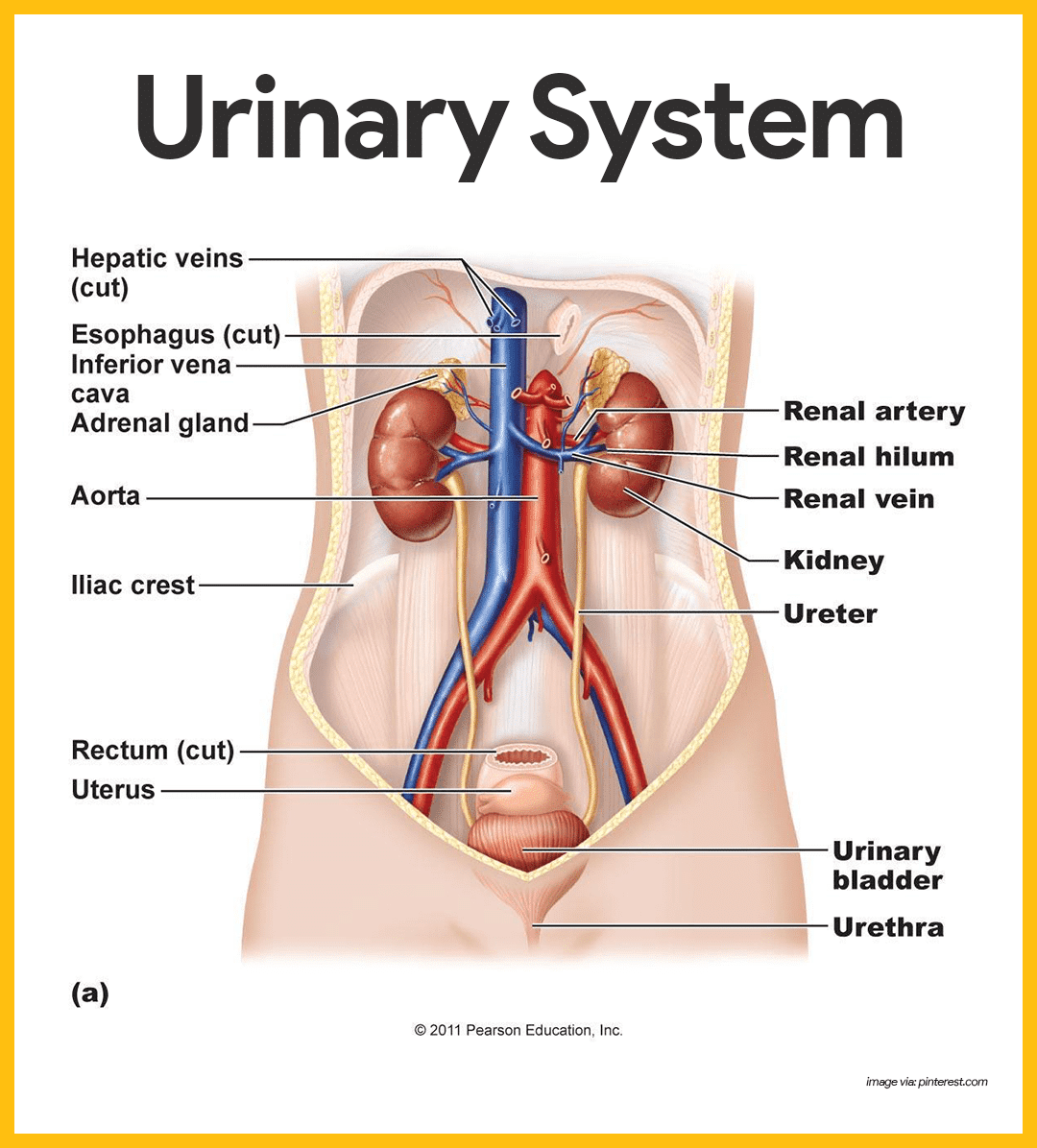
Mechanisms of Fluid and Electrolyte Balance
The kidneys are the central players in regulating the volume and composition of bodily fluids. They perform this role through several mechanisms:
- Filtration: Blood enters the kidneys through the renal arteries, which branch into numerous capillaries associated with nephrons, the functional units of the kidneys. In the glomerulus, a network of capillaries, blood pressure forces fluid and small solutes out of the blood and into the Bowman’s capsule, forming a filtrate.
- Reabsorption: As the filtrate passes through the nephron, the tubules reabsorb the majority of water, ions, and nutrients back into the bloodstream, based on the body’s needs.
- Secretion: Certain substances, including hydrogen ions, potassium, and drugs, are actively secreted into the filtrate.
- Excretion: The final urine containing waste products and excess ions is collected in the renal pelvis and transported to the bladder for storage before being excreted from the body.
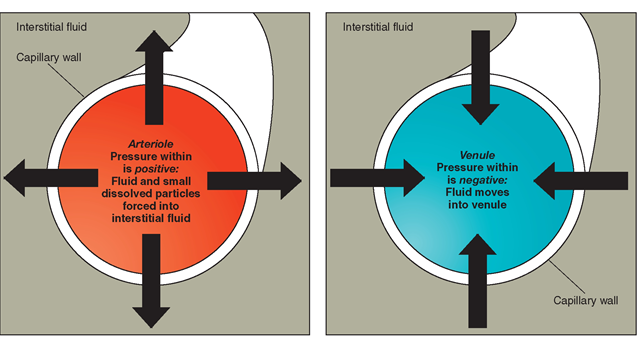
Hormonal Control
Hormones play a pivotal role in the regulation of fluid volume and composition. The main hormones involved are:
- Antidiuretic hormone (ADH): Produced by the hypothalamus and released by the pituitary gland, ADH prompts the kidneys to reabsorb more water back into the blood, thus concentrating the urine and reducing urine output.
- Aldosterone: Secreted by the adrenal cortex, aldosterone signals the kidneys to increase the reabsorption of sodium ions (Na+) and water, which helps to increase blood volume and pressure.
- Atrial Natriuretic Peptide (ANP): Released by the atria of the heart when blood volume increases, ANP causes the kidneys to excrete more Na+ and water, reducing blood volume and pressure.
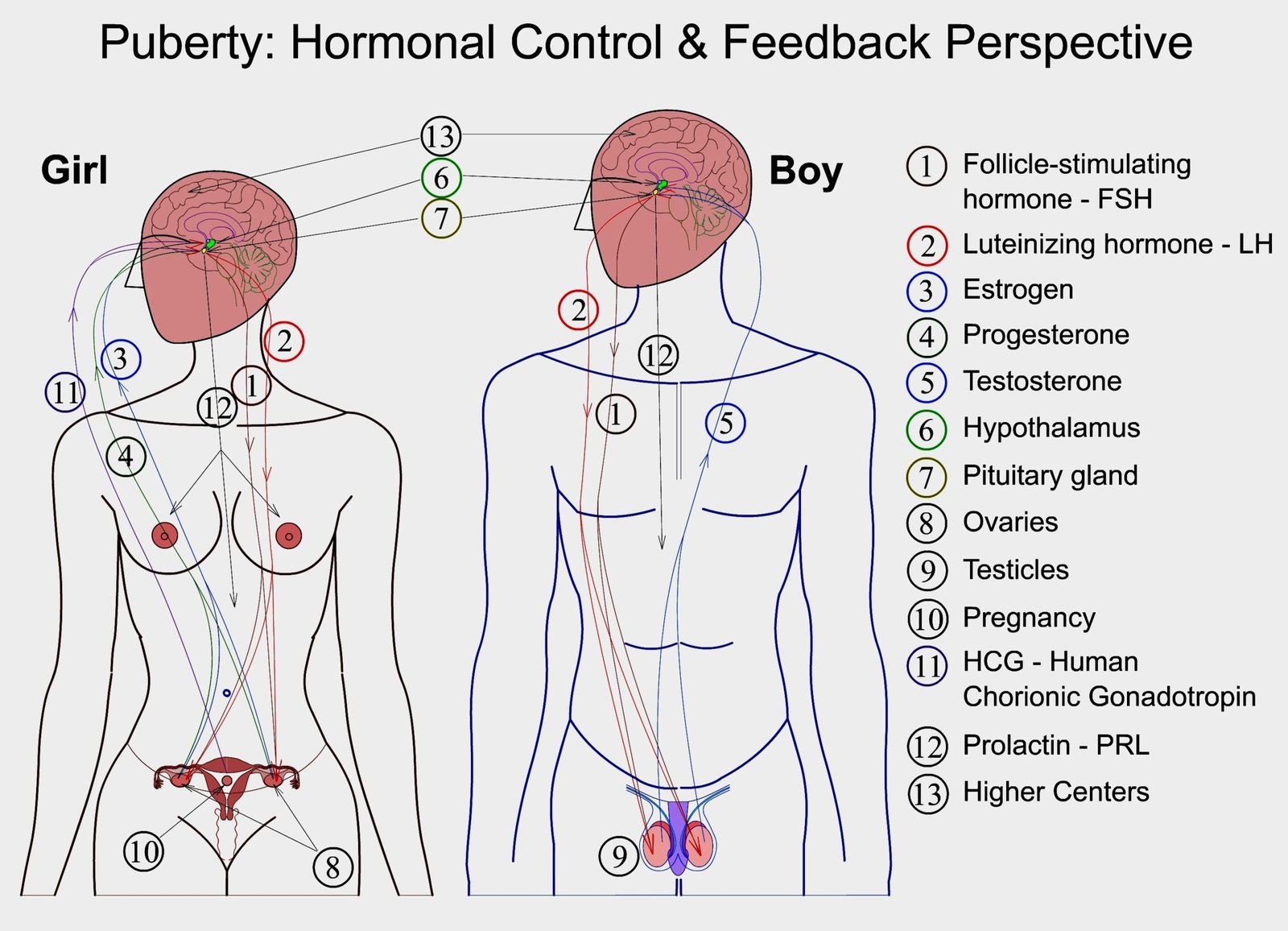
Osmoregulation
Osmoregulation refers to the control of the osmotic pressure in the body’s fluids, which is a crucial aspect of maintaining fluid balance:
- Osmotic Pressure: It is the pressure required to prevent water from moving across a semipermeable membrane by osmosis. The kidneys adjust the osmotic pressure by altering the concentration of the urine.
- Osmolarity: The kidneys maintain the osmolarity of body fluids by controlling the excretion and reabsorption of water and solutes.
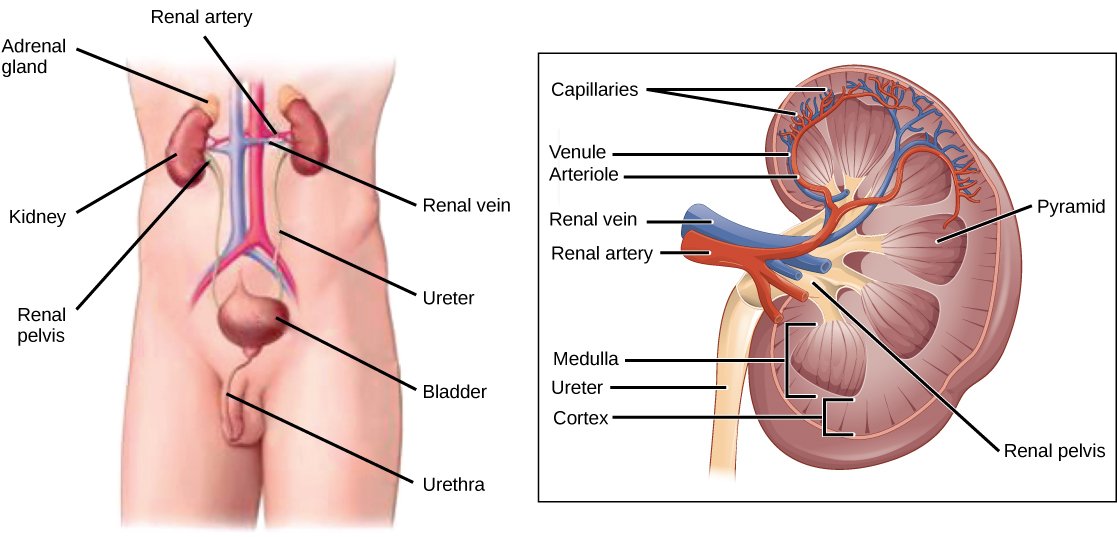
Acid-Base Balance
The kidneys also regulate the acid-base balance by excreting hydrogen ions (H+) and reabsorbing bicarbonate (HCO3-) from the urine. This process is vital in maintaining the pH of the blood.
Regulation of Blood Pressure
The kidneys regulate blood pressure through the renin-angiotensin-aldosterone system (RAAS):
- Renin: Released by the kidneys when blood pressure drops, renin converts angiotensinogen into angiotensin I, which is then converted into angiotensin II.
- Angiotensin II: A powerful vasoconstrictor that increases blood pressure and stimulates the release of aldosterone.
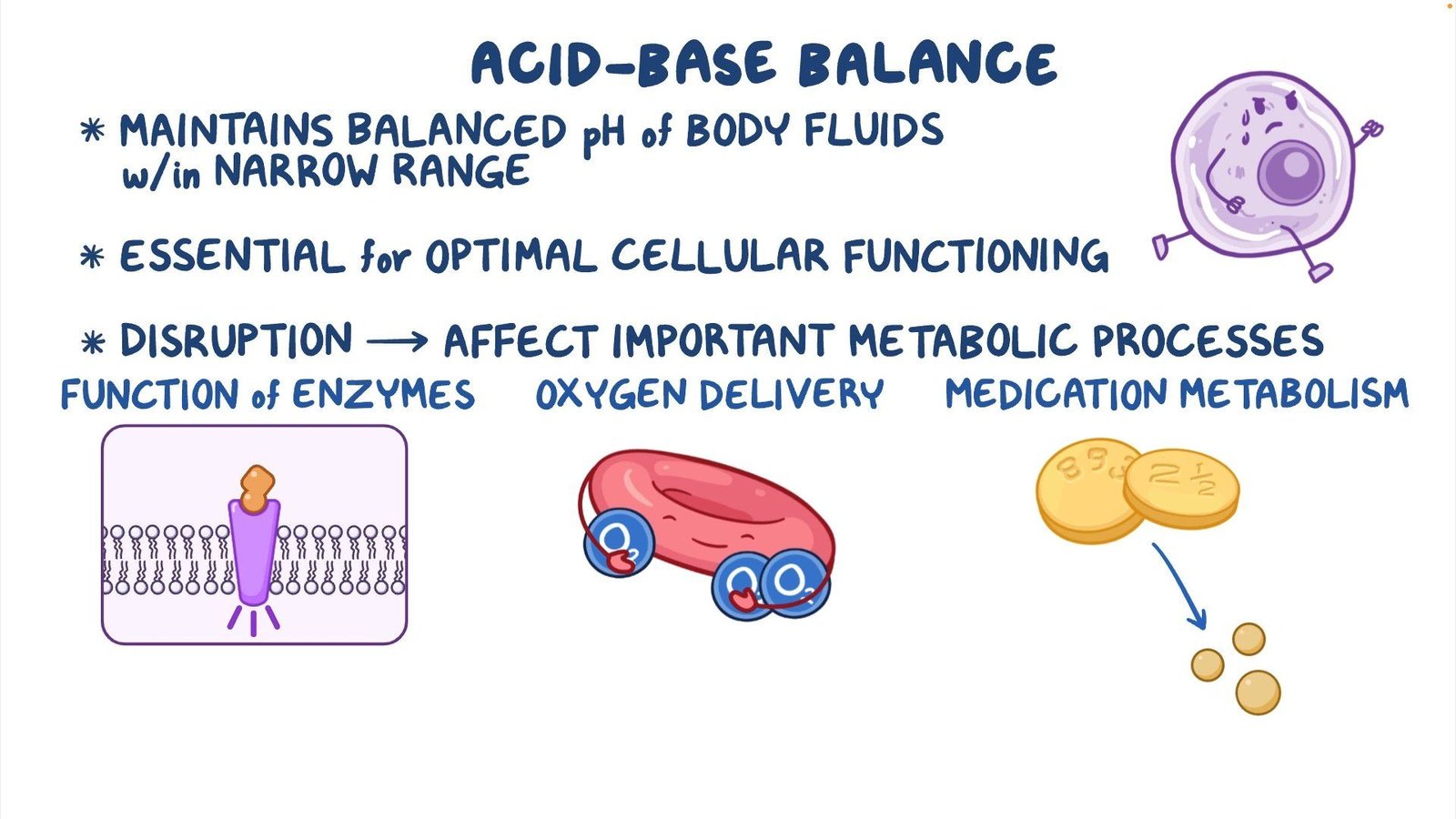
Regulation of Electrolytes
Electrolytes like sodium, potassium, calcium, and phosphate are essential for various bodily functions. The kidneys regulate electrolyte balance by filtering out excesses and promoting the reabsorption of necessary amounts.
Feedback Mechanisms
The urinary system works with other body systems through feedback mechanisms:
- Negative Feedback: The most common type of feedback where a change in a variable causes reactions that move the variable in the opposite direction.
- Positive Feedback: Less common in the urinary system but can occur in pathologies or in coordination with other body systems.
Pathophysiology
When the regulatory mechanisms of the urinary system malfunction due to diseases or disorders like renal failure, diabetes insipidus, or hypertension, the fluid volume and composition can become imbalanced, leading to clinical complications.

Conclusion
The regulation of fluid volume and composition is an intricate process vital for the body’s proper functioning. The urinary system, through its complex mechanisms and hormonal controls, ensures that this balance is maintained, highlighting the importance of kidney health for overall well-being. Understanding these processes not only gives insight into the human body’s functioning but also underscores the significance of advancements in medical treatments for urinary system disorders.
Read more:
